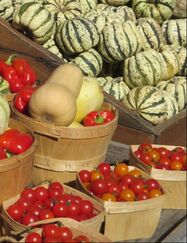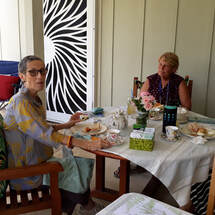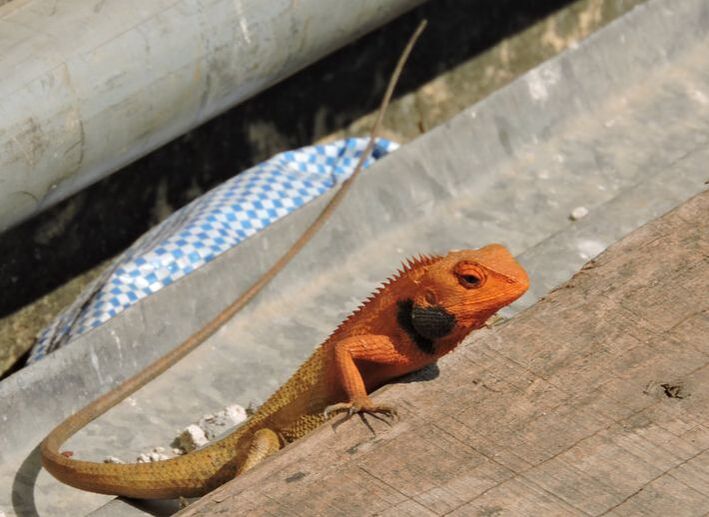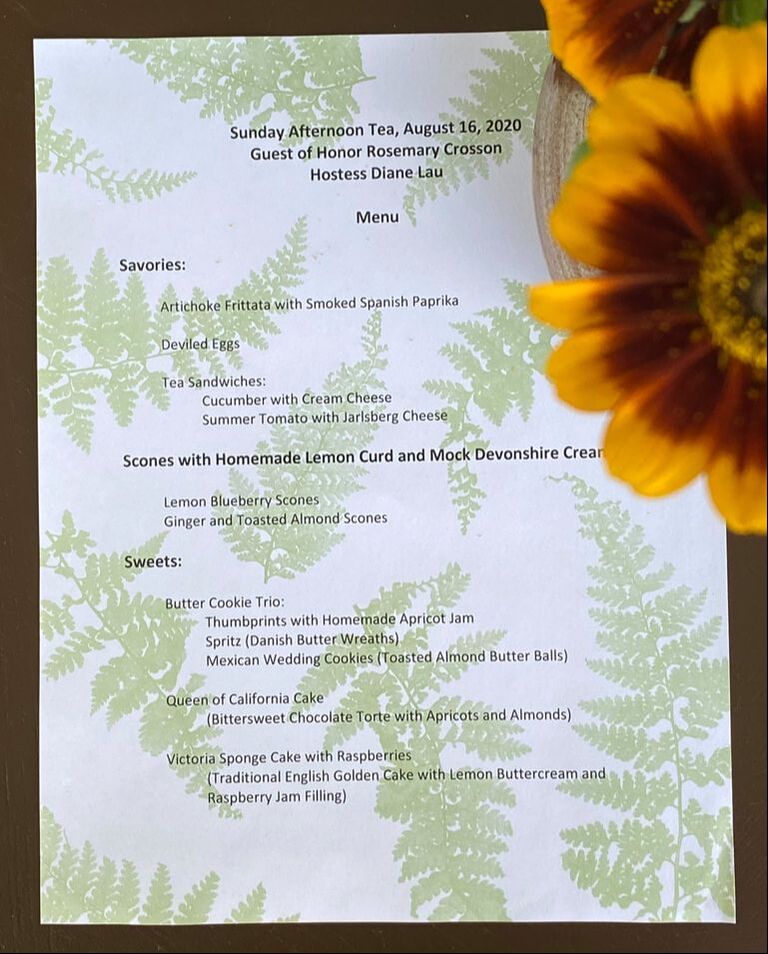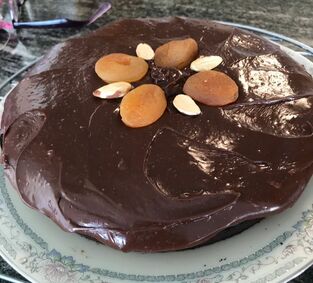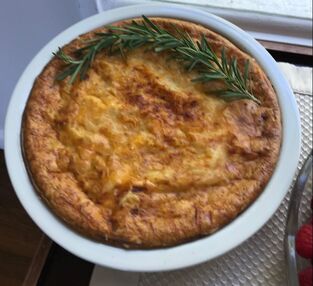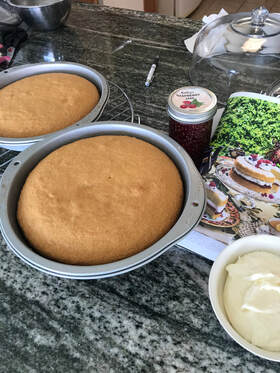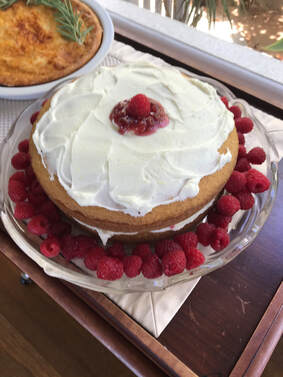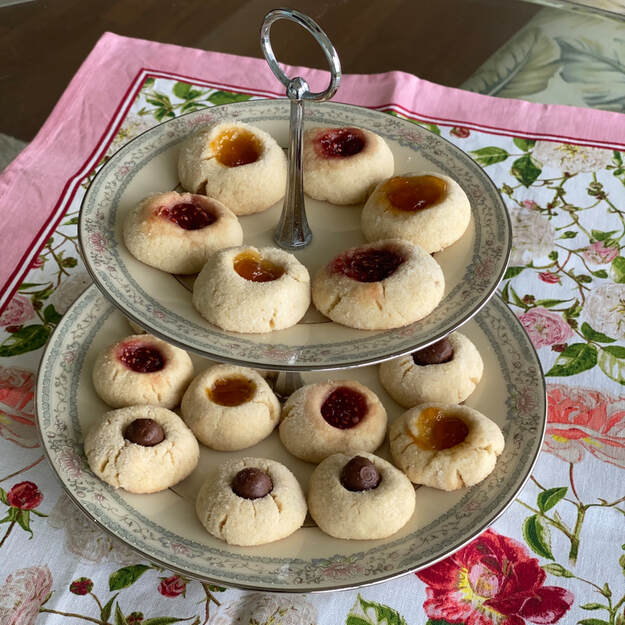Around; up above, what wind-walks! What lovely behaviour
Of silk-sack clouds! …”
These opening lines from the British Victorian Poet, Gerard Manley Hopkins’ eccentric sonnet, “Hurrahing in Harvest,” capture the vibrating excitement of the seasonal shift from summer into autumn. No one has ever accused spring or fall of lasting too long. It is winter and summer that sometimes seem to endure forever.
I wrote this poem years ago when I was still living in California. Traditionally, California’s Mediterranean climate had only two seasons—wet and dry. The first rains would arrive at the end of October and last until early May. During the dry season, the hills would slowly turn from vibrant green to brown, and only the California live oaks and the poisonous oleanders remained green. California is known as the Golden State, perhaps in reference to the Gold Rush of 1849, or the golden bears who once flourished throughout the region and can now be viewed only rarely in Alaska. It takes a super optimist to view the brown, tinder-dry hills of California’s summer as “golden.”Climate change has shifted the seasons, and this year, the Golden State experienced thunder, lightning and downpours in August. Unfortunately, the result has been massive wildfires set off by lightning strikes. In spite of these disastrous consequences, I will never forget the deep soul-longing for rain after months of parched earth and dusty beige days.
For me, the enduring, seemingly eternal coronavirus has created a similar longing, even though I now live in green, lush, humid Hawaii and my husband and I are perfectly comfortable alone here on the beach.
Although none of our lives will be exactly the same after the virus has been controlled, we do long for some kind of familiar normalcy, some return to seasonal customs and traditions.
What I miss most is gathering with friends, attending mass, sharing afternoon tea, and making myself useful in small ways. Recently, an opportunity came my way to offer my services to lift the spirits of a friend who has been ill for a very long time. My friend Diane Lau and I had been forced to cancel a planned tea party for the teenagers in our parish because of the spread of the virus, but she called to suggest a much smaller Afternoon Tea for Rosemary, our friend whose extended illness and lengthy treatment program has nothing to do with covid 19.
Finally, the Tea Sandwiches have to be soft and fresh, with the crusts neatly cut off. Nothing is more disappointing than Tea Sandwiches that have been made ahead and refrigerated. And it is a culinary crime ever to serve tomatoes, butter or cheese cold. The greatest challenge at every tea party is to make the sandwiches as close to the last minute as possible. I placed the sandwiches, one by one as I made them, on the serving tray and covered them with lightly dampened paper towels to keep the bread from drying out. For their journey to Diane’s house, I covered the entire tray with a slightly damp cloth tea towel, wrapped around the entire tray.
Ideally, scones should be baked just moments before the guests are seated and served warm while the bottoms are still crisp and the centers soft. While I could not manage that, I took them out of the freezer the morning of the party and, about half an hour before they were scheduled to be picked up, I put them in a 200° F oven on a parchment-lined baking sheet, placing them on the serving tray, covered with a large attractive napkin to wrap them up, just as Diane’s husband Colin and her granddaughter Serenity arrived to whisk all the tea foods away.
No matter where we live, the shift from summer into autumn is a time of poignant beauty. This year, I hope that all of us will find new ways to offer help and support for loved ones in this strangely changed world. As a gift to you and your friends, I offer a recipe from our Healing Tea that knows no season: Thumbprint Cookies.
I have always been fascinated and charmed by Jam Thumbprint Cookies. Their puffy round shape is appealing, and the sparkling jam, in a variety of colors, delights the imagination. The fillings can be changed with the seasons to feature fruits and nuts that are harvested at any given time. And Thumbprint Cookies can be adapted to the symbols and decorations of our favorite holidays. Wouldn’t red and green pepper jelly be festive on a tray of Christmas Thumbprint Cookies? And for Easter, pastel candy-coated almonds, resembling Easter Eggs, would look lovey in the centers of a batch of Thumbprint Cookies. I also think chocolate is a good idea in every season. For one of the batches of Thumbprint Cookies that I made recently, I pressed a store-bought Dark Chocolate Coconut Almond into some of the cookies. Thumbprint Cookies are one of those wonderful projects that inspire the baker to creativity, and what could be more fun than making these with children, letting the kids stick their little thumbs into the center of each lump of dough? Thumbprint Cookies are easy to make either using a large mixing bowl or a food processor.
- 2 ¼ cups flour
- 2 teaspoons cornstarch
- 1 teaspoon salt
- 1 cup (2 sticks) butter, at room temperature
- 1/3 cup granulated sugar
- 1/3 cup golden brown sugar
- 1 egg yolk
- 1 teaspoon vanilla
- Thick jam such as apricot, raspberry, cherry preserves, or individual almonds
- Extra sugar for rolling the dough balls
Preheat oven to 375° F
Special equipment: medium sized bowl, sieve or flour sifter, food processor (or large mixing bowl and electric mixer,) 2 parchment-lined baking sheets, pie plate or flat bowl, disposable gloves, 1 tablespoon measure, small spoon, wire rack, offset spatula, waxed paper and airtight containers for storage.
Makes: 28 cookies
- In a medium sized mixing bowl, sift together the flour, cornstarch and salt. Set aside.
- In a food processor or large mixing bowl with an electric mixer, beat the butter, white sugar and brown sugar until fluffy. Add the egg yolk and vanilla and mix until well combined.
- Slowly beat in the dry ingredients just until no flour is visible. The dough will be thick. Sprinkle the bottom of a pie plate with white sugar. Wearing disposable gloves, roll balls of dough into perfect rounds, using a 1-tablespoon measure to portion each round of dough.
- Roll the dough balls in the sugar and place them on the parchment-lined baking sheets, evenly spaced apart. (I baked 14 cookies per sheet on two large cookie sheets.)
- With your thumb, make an indentation in each ball of dough, and using a small spoon, fill each ball with a small amount of jam, just enough to fill the hole. Place the baking sheets with the filled dough balls into the preheated oven and bake for 11-14 minutes, until the bottoms are lightly browned.
- Place the baking sheet on a wire rack to cool completely. When cooled, remove the cookies to a serving plate with an offset spatula. These cookies are delicate and will break easily when they are still warm. Serve immediately, or store in airtight containers between sheets of waxed paper for a few days. Thumbprint Cookies can also be frozen.







